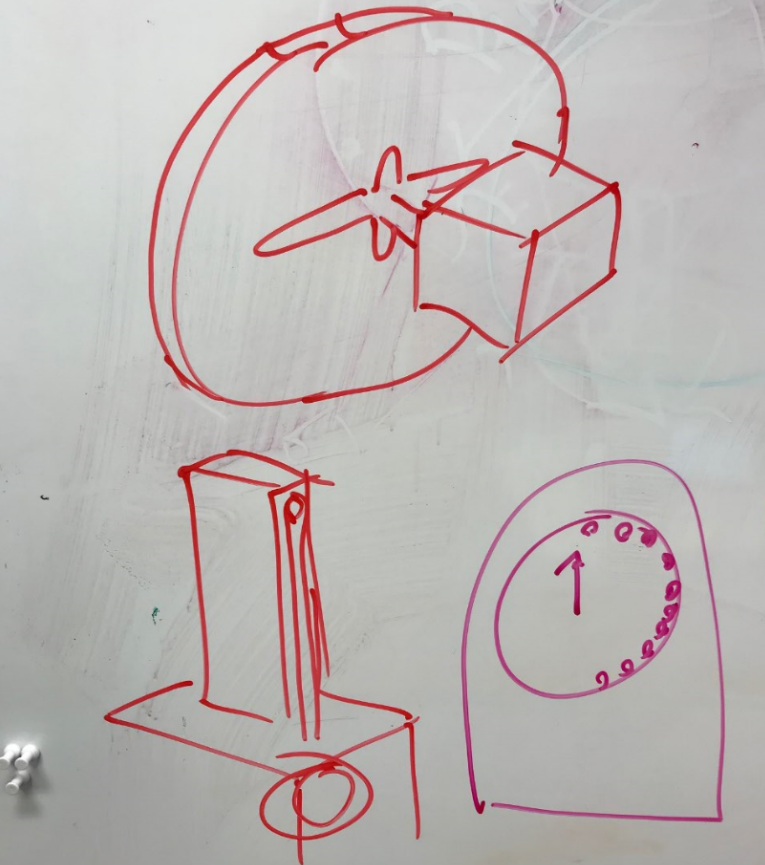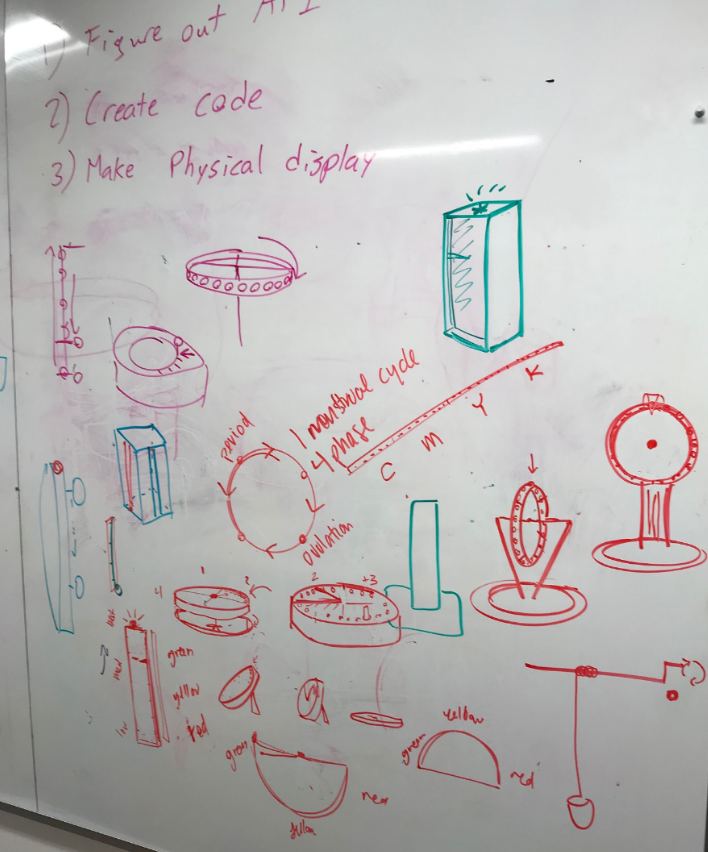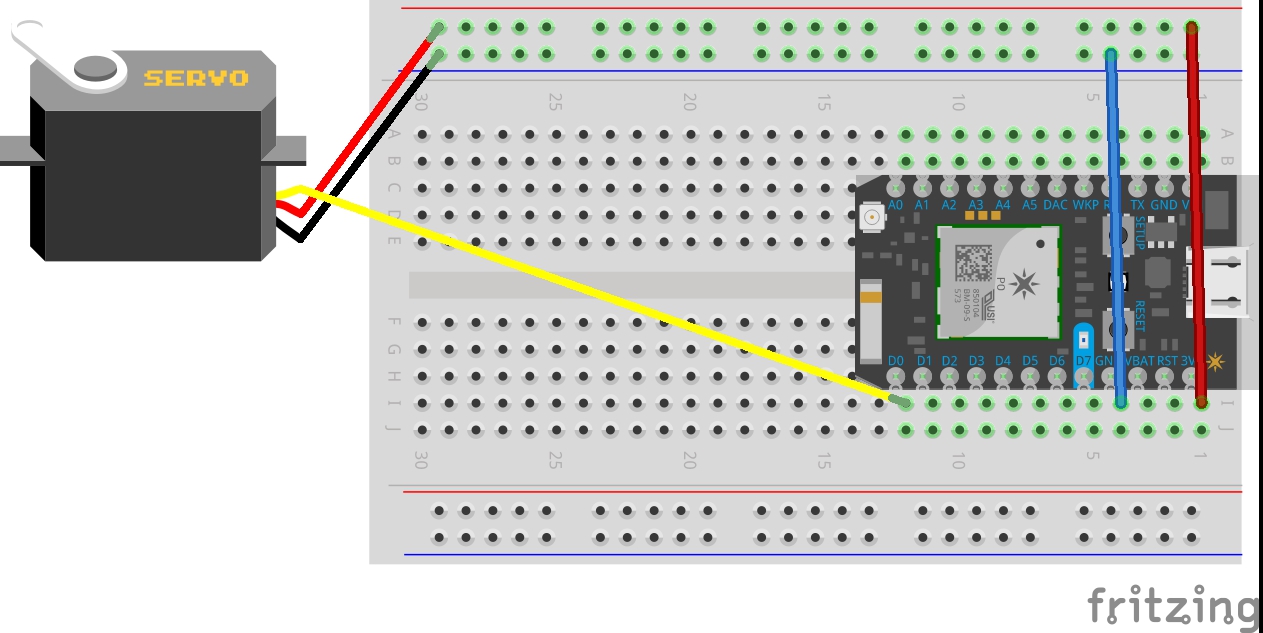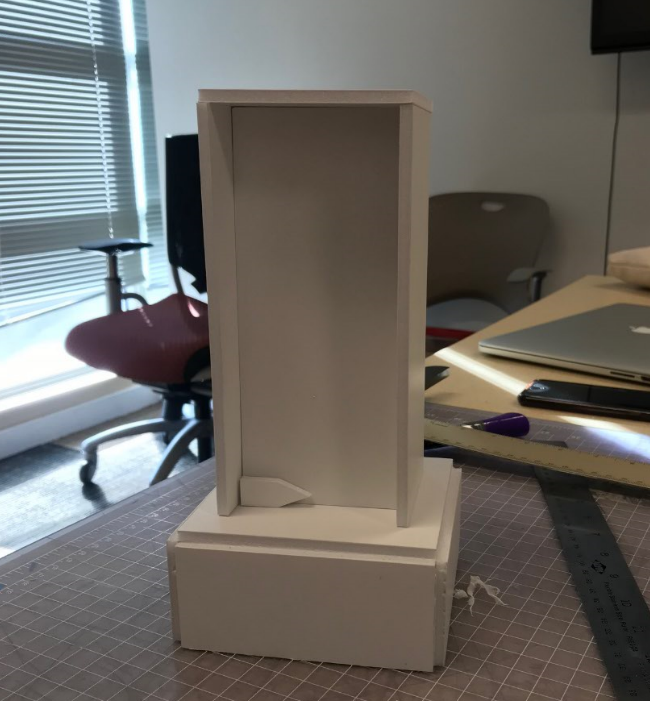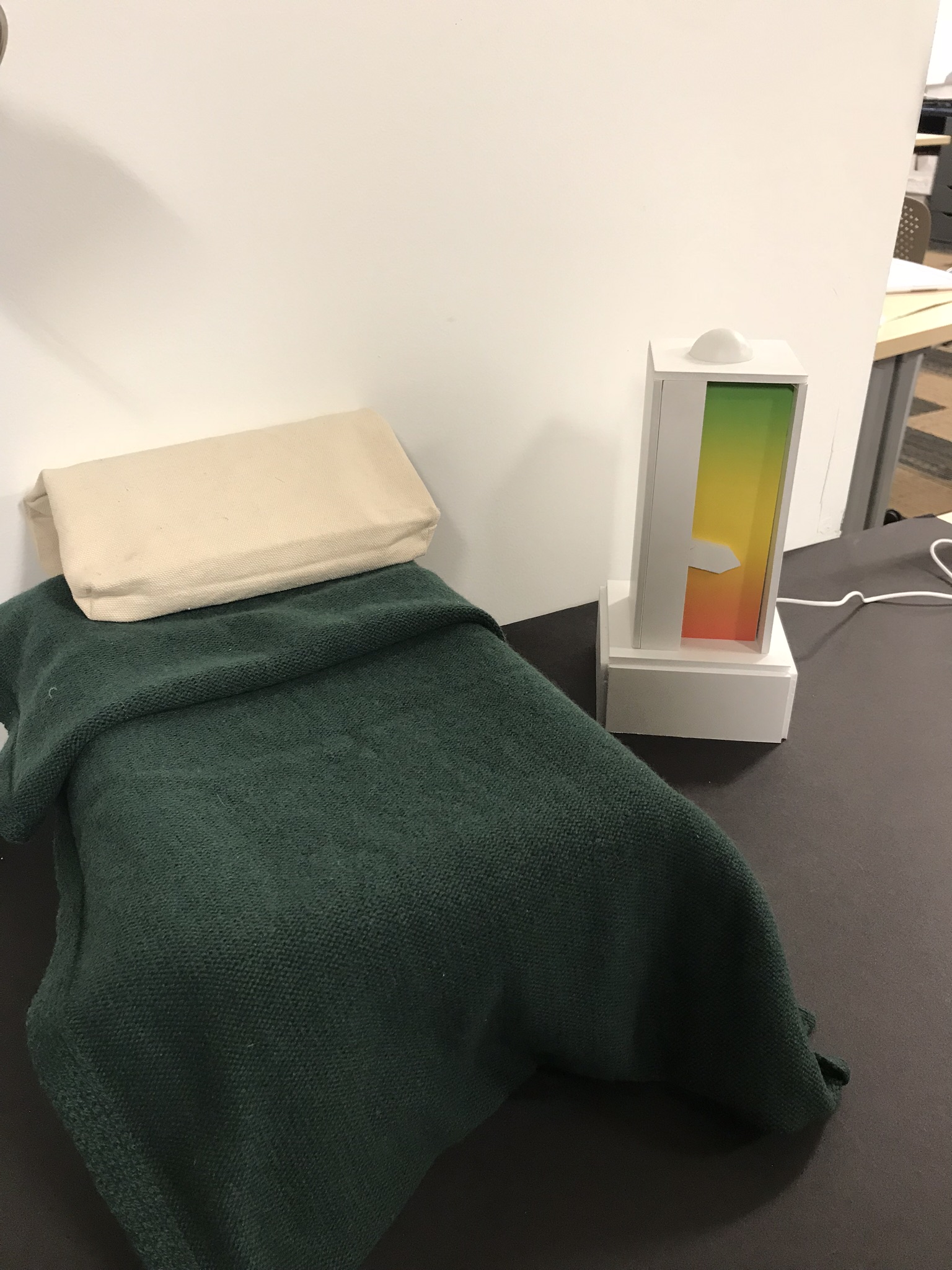Goal:
Our ambient object is intended to be placed in the bedroom of couples, by a stand, and can be checked whenever they are in the room. As the ovulation period of women increases and reaches the ovulation day, the indicator in our tower moves towards the top of our spectrum signaling to the couple that their chances of conceiving are high. On the other hand, if the indicator is at the bottom of our tower, this signals to the couple that their chances of conceiving are low. Our object is connected with a period app that sends notifications to our object on a daily basis. Couples can glance at our object to understand the likelihood of conceiving on that given day.
Provide a high level design overview that considers and describes: what context it operates in (is it a personal device, site specific, etc.); what it does and how it behaves; how someone would or could interact with it; and how these interactions unfold to lead to the desired outcome? Detail your design proposal with a series of illustrations.

